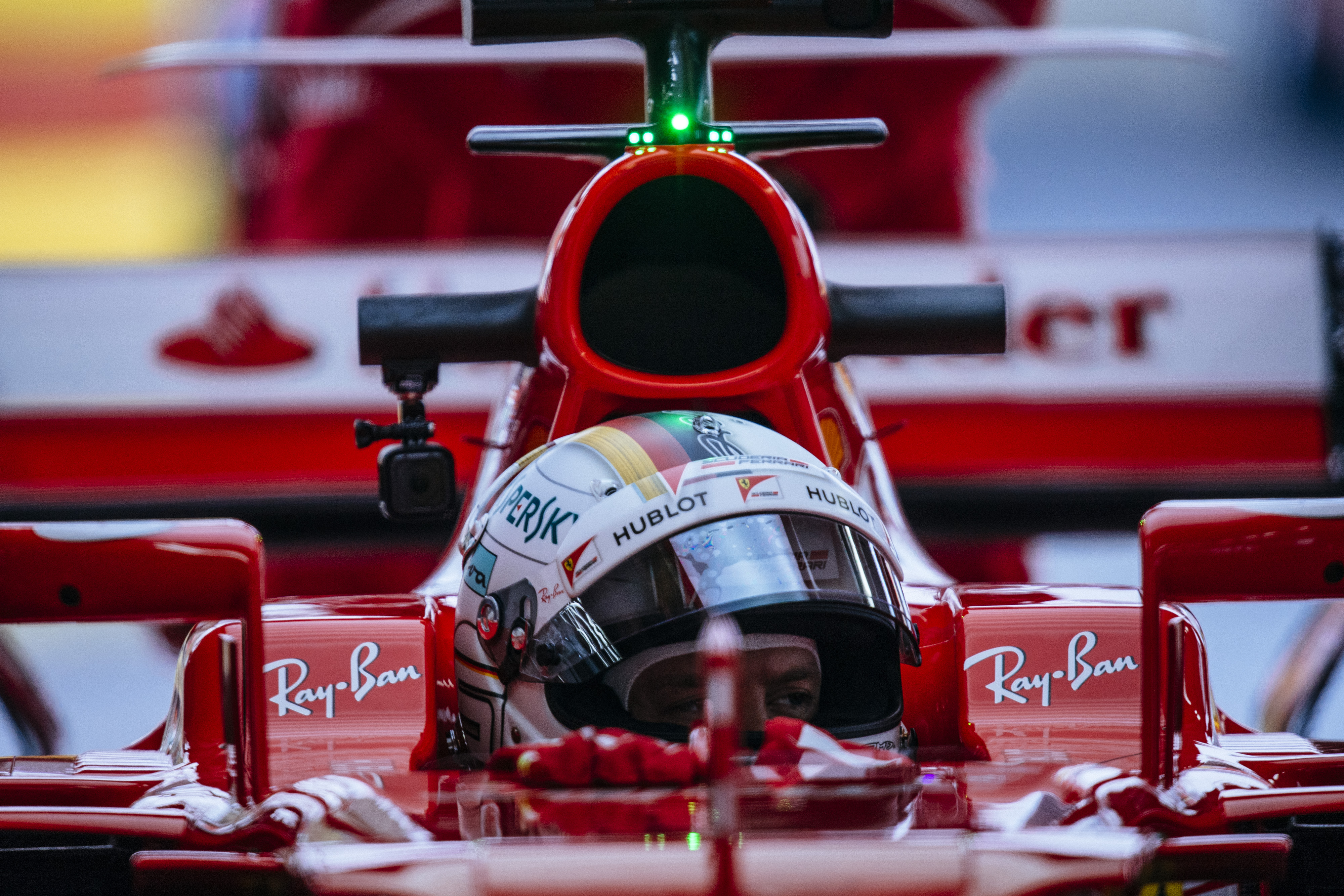From F1 prancing horse to lame pony – the demise of Ferrari

By Callum Springall
They say every team in Formula 1 has its cycle. Its purple patch, if you will.
Some are either fortunate enough or just genuinely good enough, to make their domination span multiple seasons. Think Red Bull’s monopolisation of both drivers’ and constructors’ championships from 2010 to 2013; others barely manage to reach the summit for one race, let alone a season – just like when BMW proved there is something the Germans can’t do after all.
However, for those that do plateau after tasting the sweetest victory champagne of the lot, the comedown can be worse than any hangover produced by any amount of bourbon, dark rum or whiskey (and yes, I did have to google that).
For example, the post-Senna iteration of McLaren went through a similar existential crisis to the one currently engulfing the Woking team, failing to win a race between the Australian Grands Prix of 1993 and 1997 despite winning the championship from 1988 to 1991.

Sebastian Vettel shares some thoughts in the Ferrari garage following the launch of their 2017 car.
Arguably though, no marque suffers a more thumping headache than Ferrari: first from the ‘garagiste’ independent teams of the 1960s and early 70s, then after the Lauda-inspired feast of the latter half of the decade came a drought of 21 years before their next drivers’ championship – albeit with the small crumb of constructors’ title comfort in 1982 and 1983.
MORE: Callum Springall’s 5 things to look forward to in F1 come 2017
Upon the arrival of Ross Brawn in the late 1990s, John Barnard’s Guildford-based design office hampered the integration of the engine and aerodynamic departments – and therefore results – all the way through until the likes of Brawn, Rory Byrne and the great Michael Schumacher ushered in a new era with a new philosophy.
On top of the lack of coordination during the design process, a blame culture led to numerous sackings in senior positions, which created a fear or – I daresay – an aversion to risk-taking in terms of design, for fear of A N Other getting the sack.

What will the 2017 season have in store for Ferrari?
It took a Ross Brawn to pull the less senior designers and fabricators to one side and say, ‘You won’t lose your job because I’ll take the fall’.
SUBSCRIBE: Listen to The NR F1 Podcast on your chosen podcast player
Aside from this, Brawn managed the members of each department, moving them around in a similar way to how Force India currently do and ensuring there was always a fresh challenge and revitalised sense of motivation.
So it was hardly surprising the first Brawn-Byrne brainchild took the championship to the last round in 1998; then again in 1999 with Eddie Irvine, despite some dithering over where to focus the team’s resources. In the early 2000s though, came the champagne rush in which Schumacher had the title in the bag before the final round on three occasions.

The crux of the deficiencies at the modern Ferrari are similar to those of the old Scuderia. Consider the spate of dismissals over the winter of 2014 and the later abdication of James Allison, which was in part down to Ferrari’s attempts to lure Adrian Newey like the prey of a Napoleonic Wars recruiting sergeant. You know, the red suits; fanfare… prestige.
While the sackings can be debated over whether they were the result of a blame game or simply the team taking a new direction, it was still largely similar to what went on in the pre-Brawn days. I would argue since the likes of Nikolas Tomabazis were let go in late 2014, the three wins achieved by the SF-15T were the parting gifts of those that laid down their salaries having eased the deficiencies of the 2014 car. That first-hand knowledge left with Tombazis et al – and it arguably stunted the growth of the project last year, in what turned out to be nothing more than a wild title goose chase. That’s no surprise, given the plan changes with each new head honcho left to call the shots.

Sparks fly for Ferrari as they take the SF-70H for a spin at Maranello.
If any factor won the title for the Scuderia in the early 2000s it was the level of trust and continuity in both design philosophy and personnel, which was built up over years.
Before long, the design of a world-class Formula 1 machine becomes a habit for those involved; the idea that success breeds success, which Brawn himself talks about in his book Total Competition, and often recognises its importance in building the momentum to get results with perceived ease.
In Ross’ words, there needs to be a plan – and it’s a plan that has seemingly eluded Ferrari for so long.
♦ Callum Springall is a blogger with the NRF1. You can follow Callum on Twitter @callumspring18


2 thoughts on “From F1 prancing horse to lame pony – the demise of Ferrari”
Comments are closed.